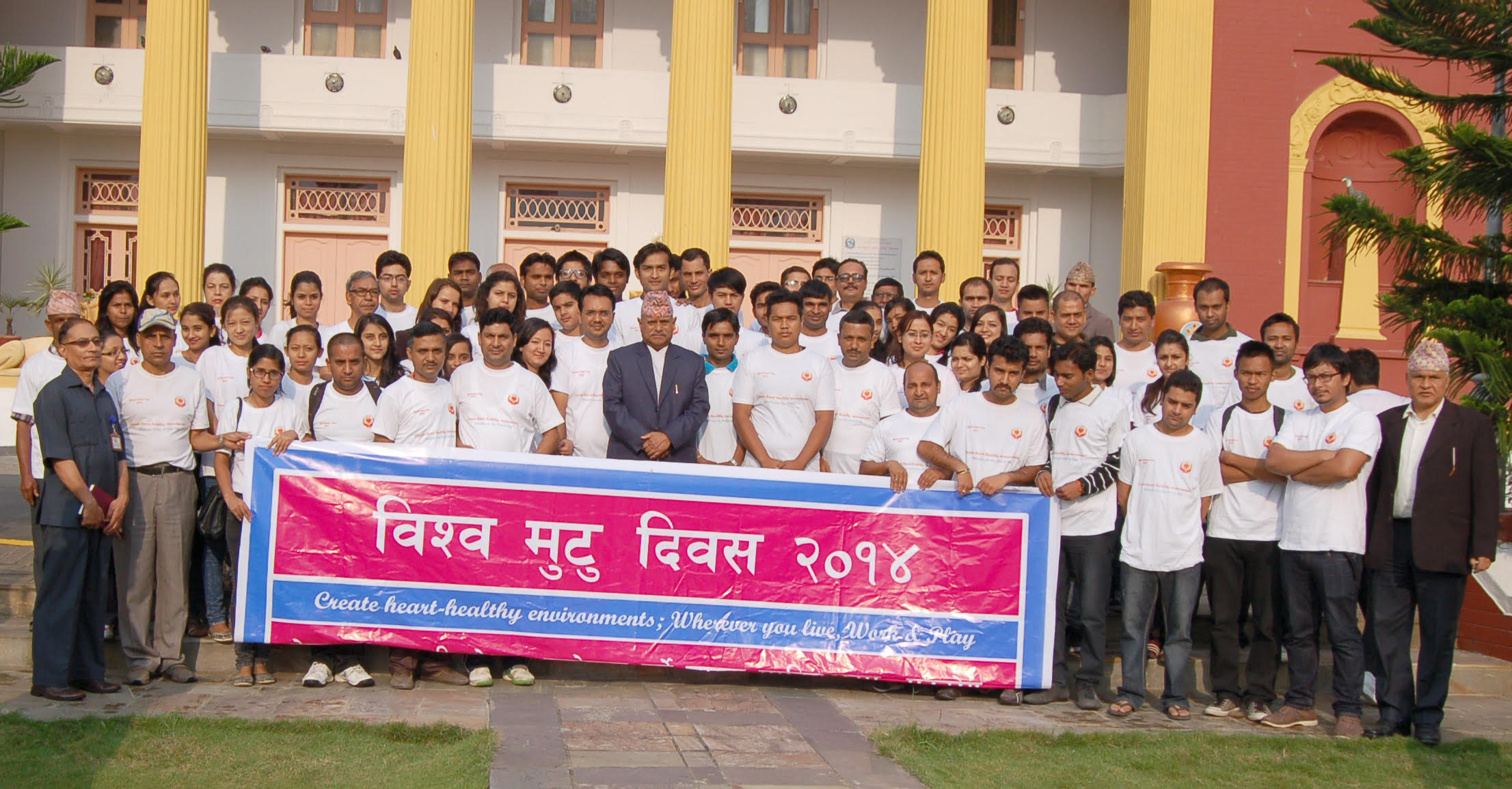Foreign aid, at its core, involves the transfer of resources—be it capital, technology, goods, or services—from developed nations and international development organizations to support the economic, social, and political development of less developed countries (LDCs). This aid can take various forms, including loans, grants, technical assistance, and humanitarian aid. For a nation like Nepal, foreign aid has been both a blessing and a curse, driving development while also creating dependencies that could hinder long-term progress.
Nepal has been a recipient of foreign aid since the early 1950s, with the first significant inflow arriving in the form of grants and technical assistance following the signing of a four-point agreement with the United States in 1951. Over the decades, the scope and scale of foreign aid to Nepal have grown tremendously. By the 1980s, the country began receiving loans alongside grants, and today, foreign aid constitutes a substantial portion of Nepal's development budget.
Foreign aid in Nepal is delivered through various channels. Bilateral aid, where funds are provided directly from one country to another, and multilateral aid, where international organizations like the World Bank or the Asian Development Bank act as intermediaries, are the most common. Additionally, project-specific aid, technical assistance, humanitarian aid, soft loans, and tied aid—where funds must be spent on goods and services from the donor country—are all forms of foreign assistance that Nepal benefits from.
Foreign Aid in Nepal: A Snapshot
Nepal’s utilization of foreign aid remains low, with spending on grants and loans standing below 15% in the first half of the fiscal year 2023/2024. A mid-term review showed grant spending at just 10.28% and loan spending at 13.37% of allocated funds. This represents a slight decrease compared to the previous fiscal year. Additionally, foreign aid commitments have significantly dropped by 56.26%, with Rs 59.18 billion pledged compared to Rs. 137.12 billion in the same period last year. Despite ambitious targets for mobilizing aid, the government faces challenges in securing and utilizing these resources effectively across key sectors like health, education, and transportation.
New Foreign Aid Policy

The importance of foreign aid in Nepal's development cannot be overstated. It has filled significant resource gaps, enabling the country to undertake otherwise impossible projects. Major examples include the construction of the Single Pillar Bridge in Karnali, New Buspark, and the Tribhuvan University Teaching Hospital (TUTH), all funded by Japanese grants. The Melamchi Drinking Water Project, B.P. Koirala Highway, and the Koteshwor-Suryabinayak extended road also received substantial support from Japan. Indian aid contributed to the development of the Koshi Dam, Bir Hospital, and the Trauma Center, as well as crucial infrastructure like the Tribhuvan Highway and Siddhartha Highway. The Soviet Union's assistance was instrumental in building the East-West Highway. Chinese grants funded the construction of the Rastriya Sabha Griha, Civil Hospital in New Baneshwor, and Bharatpur Cancer Hospital, along with various factories.
The Challenges of Foreign Aid in Nepal
In Nepal, the challenges associated with foreign aid are manifold. First, there is a lack of ownership, transparency, and accountability in how aid is utilized. Often, the selection, implementation, and benefit-sharing of development projects lack meaningful participation from the local population. This disconnect between the donors' objectives and the actual needs of the people on the ground results in ineffective aid utilization.
Moreover, Nepal struggles with the management and administration of foreign aid. There is a lack of leadership and direction in expenditure prioritization, coupled with issues like leakage and misuse of resources. The excessive number of donor-driven projects leads to an over-dependence on external assistance, creating a cycle of dependency that is difficult to break.
Additionally, the Nepali context is marred by bureaucratic harassment, political instability, and a culture of corruption, all of which hinder the effective use of foreign aid. Often, Nepal adopts a reactive stance, responding to donors' initiatives rather than leading the charge in identifying and prioritizing areas that truly require foreign assistance.
The underutilization of aid in productive sectors is another significant problem. While foreign aid has undoubtedly funded many infrastructure projects, there is a need for a more strategic approach that focuses on sectors that can generate sustainable economic growth, such as agriculture, education, and health. Investing in these areas would not only address immediate needs but also build a foundation for long-term development.
Recommendations for Effective Utilization of Foreign Aid
For foreign aid to be truly beneficial to Nepal's development, several changes must be implemented. First, there needs to be a well-structured plan for the effective utilization of aid. This plan should be developed with the active participation of all stakeholders, including local communities, to ensure that the projects funded by foreign aid meet the real needs of the population.
Aid should be directed toward projects that are prioritized based on public needs rather than donor interests. This requires a shift from a donor-driven model to a recipient-driven one, where Nepal takes the lead in identifying the areas where aid is most needed.
To address the issues of corruption and mismanagement, it is crucial to discourage bureaucratic harassment and promote a conflict-free environment that encourages transparency and accountability. Political stability is also essential for the effective use of foreign aid, as it provides a stable environment in which development projects can be planned and executed.
Furthermore, an effective and practical coordination mechanism among the Ministry of Finance, the Ministry of Foreign Affairs, and other concerned ministries is vital for better management of foreign aid. Such coordination would ensure that the funds are utilized in a manner that aligns with the country's development priorities and avoids duplication of efforts.
Finally, Nepal should adopt a proactive approach to mobilizing aid. Rather than waiting for donors to dictate the terms, the government should take the initiative in seeking out aid that aligns with the country's long-term development goals. This approach would not only empower the country to take ownership of its development but also reduce dependency on external assistance.
Foreign aid has played a significant role in Nepal's development, providing much-needed resources for infrastructure, health, education, and other critical sectors. However, the over-reliance on foreign aid has also created challenges, including dependency, corruption, and mismanagement. To truly benefit from foreign aid, Nepal must adopt a more strategic and proactive approach, ensuring that aid is used effectively and in a manner that promotes sustainable development. By doing so, Nepal can transform foreign aid from a double-edged sword into a tool for long-term progress.







